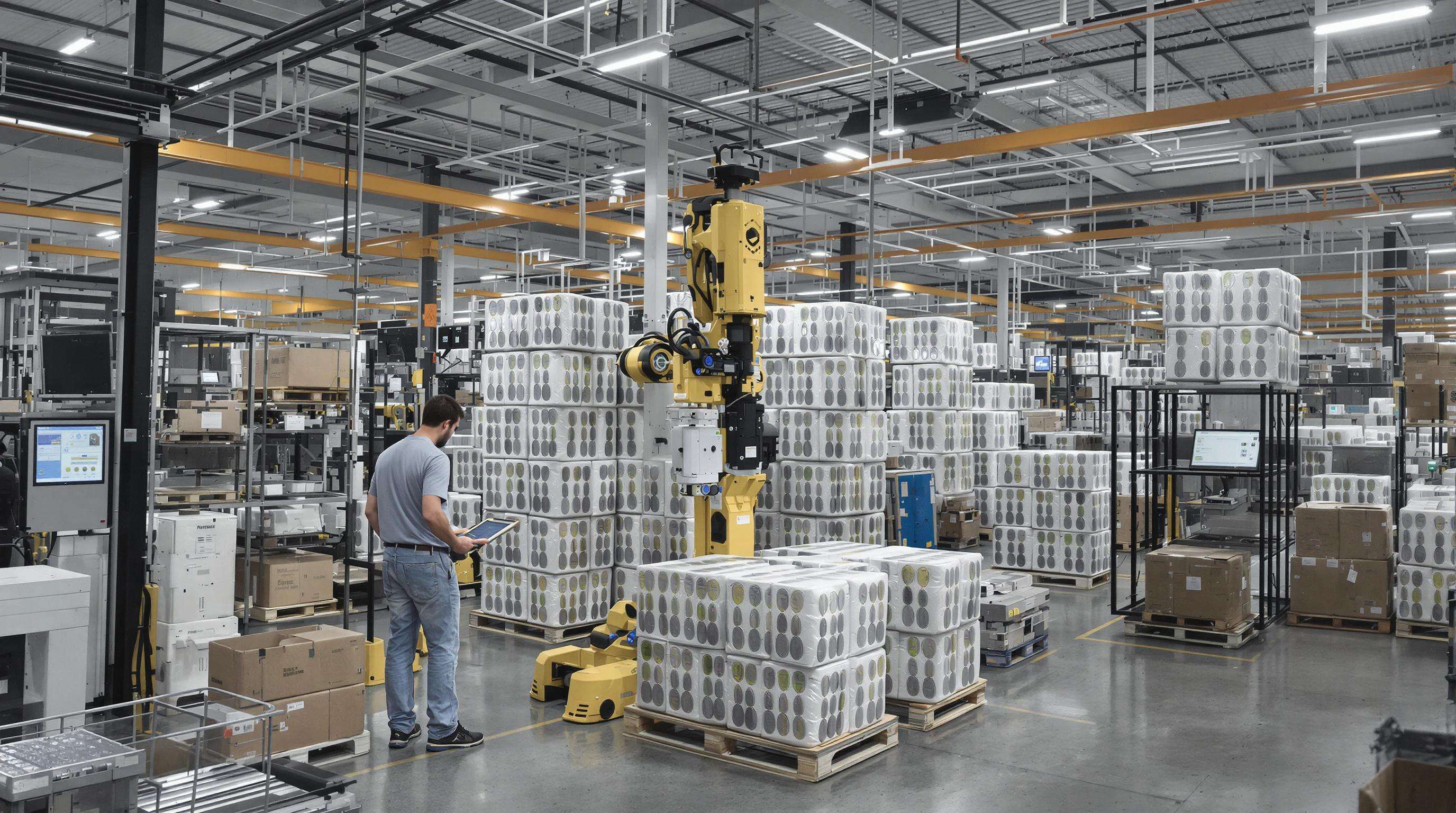Production of a high-quality back protector starts with partners that values the same principals of safety and sustainability. Key suppliers are those who have ISO 14001 Environmental and OHSAS 18001 Safety certifications. Collaborative recycled material formulations and development, as seen in the 2024 Footwear Materials Report, minimize the amount of waste generated while still complying with impact-resistant specifications. Common KPIs around defect rates (<0.5%) and ethical labor practices support accountability throughout the supply chain.
Consolidating orders across multiple product lines unlocks 18-22% material cost reductions. Tiered pricing agreements with polymer suppliers secure bulk discounts on high-performance foam compounds. Centralized logistics planning minimizes freight expenses by 15-30% through optimized container utilization. Manufacturers using AI-driven demand forecasting achieve 95% inventory turnover accuracy, avoiding costly overstock scenarios.
Function 2) Insertion of supplier engineers into design teams lowers the number of prototype iterations by 40%. “As soon as a crash test is conducted, this can be immediately shared thanks to cloud-based technology and used to refine back protector geometries. Industrywide, blockchain-tracked quality documentation shaves 25 days off approval lead times. OEMs and material scientists partnering with cross-training programs for rapid adoption of cushioning lattices structures boosts products’ performance indicators by 19%.

Supply chain leaders increasingly adopt dual-sourcing strategies to combat disruptions, with 81% of manufacturers implementing multi-supplier networks since 2020. This approach is particularly effective for critical safety components like back protectors, where uninterrupted supply directly impacts product safety and regulatory compliance.
Strategic placement of suppliers across multiple regions reduces weather-related and geopolitical risks. A 2023 supply chain analysis found manufacturers using at least two geographically separated suppliers reduced production stoppages by 63% compared to single-source operations. Regions should be selected based on distinct climate profiles and political stability indices.
Modern supply networks require:
Leading manufacturers report 27% faster order fulfillment times after implementing blockchain-enabled logistics platforms that automate supplier switching during transport delays.
The automotive sector’s dual-sourcing success with airbag components offers actionable insights. A 2024 supply chain resilience study revealed regionalized sourcing reduced lead times by 41% while maintaining strict safety certifications. This model demonstrates how back protector suppliers can balance speed and compliance through carefully vetted multi-source networks.
Advanced demand forecasting informs buffer stock levels using:
Manufacturers combining these metrics with just-in-time delivery achieve 89% inventory turnover rates while maintaining 48-hour emergency stock reserves.
Proactive tariff modeling separates strategic back protector procurement from reactive crisis management. Leading manufacturers employ dynamic pricing algorithms that simulate multiple trade policy scenarios, including:
Automated HS code classification engines prevent 89% of border clearance errors for protective gear components. Cross-functional teams align procurement workflows with:
Machine learning platforms processing global shipment manifests predict back protector material shortages 12 weeks earlier than traditional ERP forecasts. During the 2023 Panama Canal drought crisis, manufacturers using predictive analytics:

Timing of modern back protector availability is contingent on demand sensing systems enabled by the Internet of Things (IoT), which can analyze sales in real time, weather patterns and injury patterns. One 2023 survey of the Material Handling Institute found that companies using predictive machine learning reduced stockouts by 38 percent even though they held 12 percent less inventory. These are ones that allow the production schedules to be automatically adapted among group factories when new helmet regulations are implemented on a regional basis, or when local seasonal motorcycle sales rates start to soar.
Leading manufacturers achieve 91% order fulfillment rates through hybrid inventory models:
Blockchain technology puts real-time, traceable, immutable data regarding back protector supply chains into homeowners’ hands, resolving 83% of claims against shipments within one day as opposed to the 11-day industry standard. Every component’s impact-absorption test scores and nitrogen-cooled timestamps are logged, cryptographically from forge to assembly line, to make certified recalls from the certified-hermetic-seal-airlock service possible in 47 minutes, instead of 17 workdays of batch numbers and shit.
Manufacturers have to comply with 27+ regional safety standards for back protectors, with EN 1621-2 for Europe, and NOCSAE ND200 being the popular ones. According to a 2023 industry analysis, 68 percent of compliance costs associated with this technology are the result of conflicting test protocols across jurisdictions. Centralized databases that manage impact resistance threshold and labeling changes shorten the recertification interval by 40%. Top firms will use modular construction for regional foam densities and achieve several certifications at the same time.
Early work with standards organizations such as ISEA helps head off 83 percent of customs holds based on technical documentation deficiencies. Teams cross the border once per quarter and do supplier audits of supplier testing facilities and calibration records of impact simulators and compression testers. Automated tracking tools alert you 90 days before import licenses expire, reducing supply chain interruptions by 31% versus manual processes.
Blockchain-powered serialization prevents fake back protectors by establishing inalterable production records – 94% of brands employing blockchain reduce counterfeits in their distribution channels. Stitched formulas and tamper-evident QR codes create physical confirmation steps, and third-party testing labs perform random spot checks of the market. A 2024 testing program that combined AI-based shipment screening with blockchain validation wiped out false shipments across a dozen nations.
These certifications ensure that suppliers prioritize safety and environmental sustainability in their processes, aligning with the production standards and values for high-quality back protectors.
Dual-sourcing helps ensure a continuous supply of critical components, reducing risks related to supply disruptions which can affect product safety and compliance.
Blockchain provides real-time tracking and immutable data on supply chains, improving traceability and reducing errors, thus expediting claims and recalls.
 Hot News
Hot News2025-12-08
2025-09-15
2024-12-30
2024-12-23
2024-12-09
2024-12-02